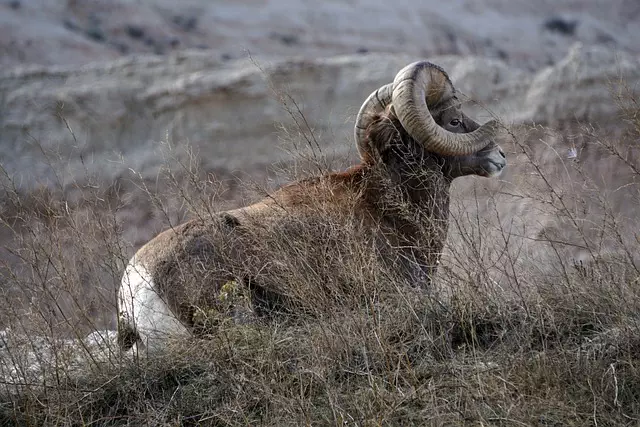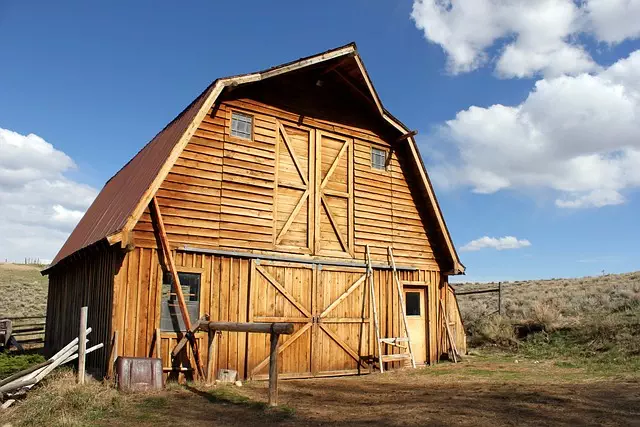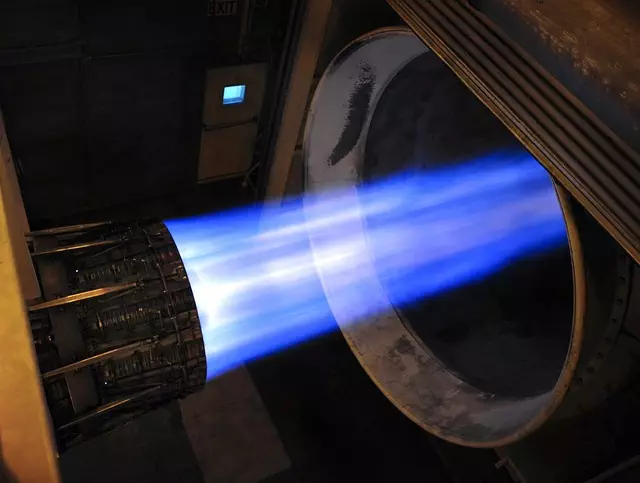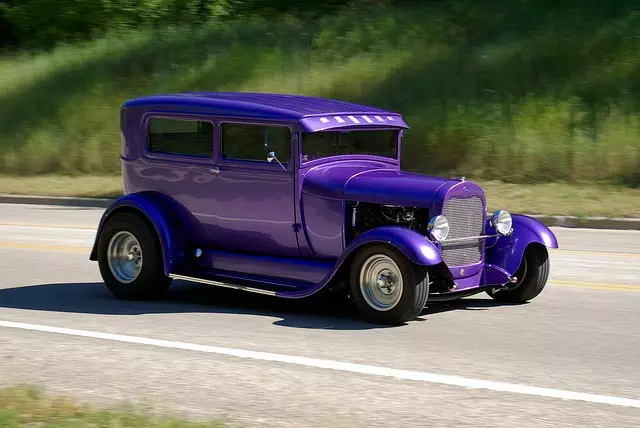Mount Rushmore National Memorial, a must-visit destination highlighted in any South Dakota travel guide, carves iconic portraits of four U.S. presidents into the Black Hills' granite peaks. Initiated in 1927 and completed over 14 years later, this monument is a testament to historical significance and artistic achievement, drawing visitors worldwide as one of the best places to visit in South Dakota and top things to do in the state. The carving process, using broaches, chisels, and dynamite, showcased extraordinary craftsmanship despite challenges, offering both historical education and breathtaking scenery for all to explore.
“Mount Rushmore National Memorial, a towering masterpiece carved into the Black Hills of South Dakota, stands as an iconic symbol of American history and heritage. This 60-foot sculpture features the faces of four U.S. presidents: Washington, Jefferson, Lincoln, and Roosevelt. Beyond its historical significance, Mount Rushmore offers a captivating South Dakota travel experience, surrounded by breathtaking landscapes and abundant outdoor activities. For visitors seeking to delve into this national treasure, our guide provides insights on exploring nearby attractions, hiking trails, educational programs, and unique events that make it one of the best places to visit in South Dakota.”
- A Historical Monument: Mount Rushmore's Significance
- – Brief history of the memorial
- – The carving process and its challenges
A Historical Monument: Mount Rushmore's Significance

Mount Rushmore National Memorial stands as a towering testament to American history and culture, etched into the heart of South Dakota’s stunning landscape. This iconic monument features the faces of four U.S. presidents: George Washington, Thomas Jefferson, Abraham Lincoln, and Theodore Roosevelt. Carved into the granite peaks of the Black Hills, it’s not just a historical landmark but also a masterpiece of craftsmanship that attracts visitors from around the world as part of their South Dakota travel guide.
As one of the best places to visit in South Dakota, Mount Rushmore offers more than just breathtaking views. It tells the story of America’s foundational figures and their impact on shaping the nation. For those exploring things to do in South Dakota, a visit to this national memorial provides an educational and inspiring experience that delves into the country’s rich heritage and the values that have defined its journey thus far.
– Brief history of the memorial

Mount Rushmore National Memorial, located in the heart of South Dakota, is an iconic symbol of American history and a must-visit destination for anyone exploring the best places to visit in South Dakota. Carved into the granite faces of the Black Hills, this monument features the heads of four U.S. presidents: George Washington, Thomas Jefferson, Abraham Lincoln, and Theodore Roosevelt. The project was initiated in 1927 by Gutzon Borglum and his son, Lincoln Borglum, who dedicated themselves to sculpting this grand tribute. It took over 14 years to complete, employing hundreds of workers to carefully chisel the monumental faces into the solid rock. Today, Mount Rushmore stands as one of the most popular tourist attractions in South Dakota, drawing visitors from around the globe to experience its historical significance and breathtaking beauty. Among things to do in South Dakota, exploring this national memorial offers a unique blend of art, history, and natural splendor.
– The carving process and its challenges

The carving of Mount Rushmore, a monumental task that took over 14 years, is an extraordinary feat of craftsmanship. The process involved meticulously chiseling away at the solid granite face of the mountain to create the profiles of four U.S. presidents: George Washington, Thomas Jefferson, Abraham Lincoln, and Theodore Roosevelt. Carvers faced significant challenges, including the extreme climate conditions of South Dakota and the sheer size of the monument. Despite these obstacles, they used broaches, chisels, and dynamite to shape the rock, layer by layer, ensuring each president’s likeness was both recognizable and detailed.
One of the most intricate parts was capturing the subtle expressions and facial features of each leader. The carvers had to navigate the natural contours of the granite while preserving the integrity of the stone. This meticulous work required immense skill and patience, especially when considering that every mistake would be permanent, etched into the heart of South Dakota’s landscape for eternity.
